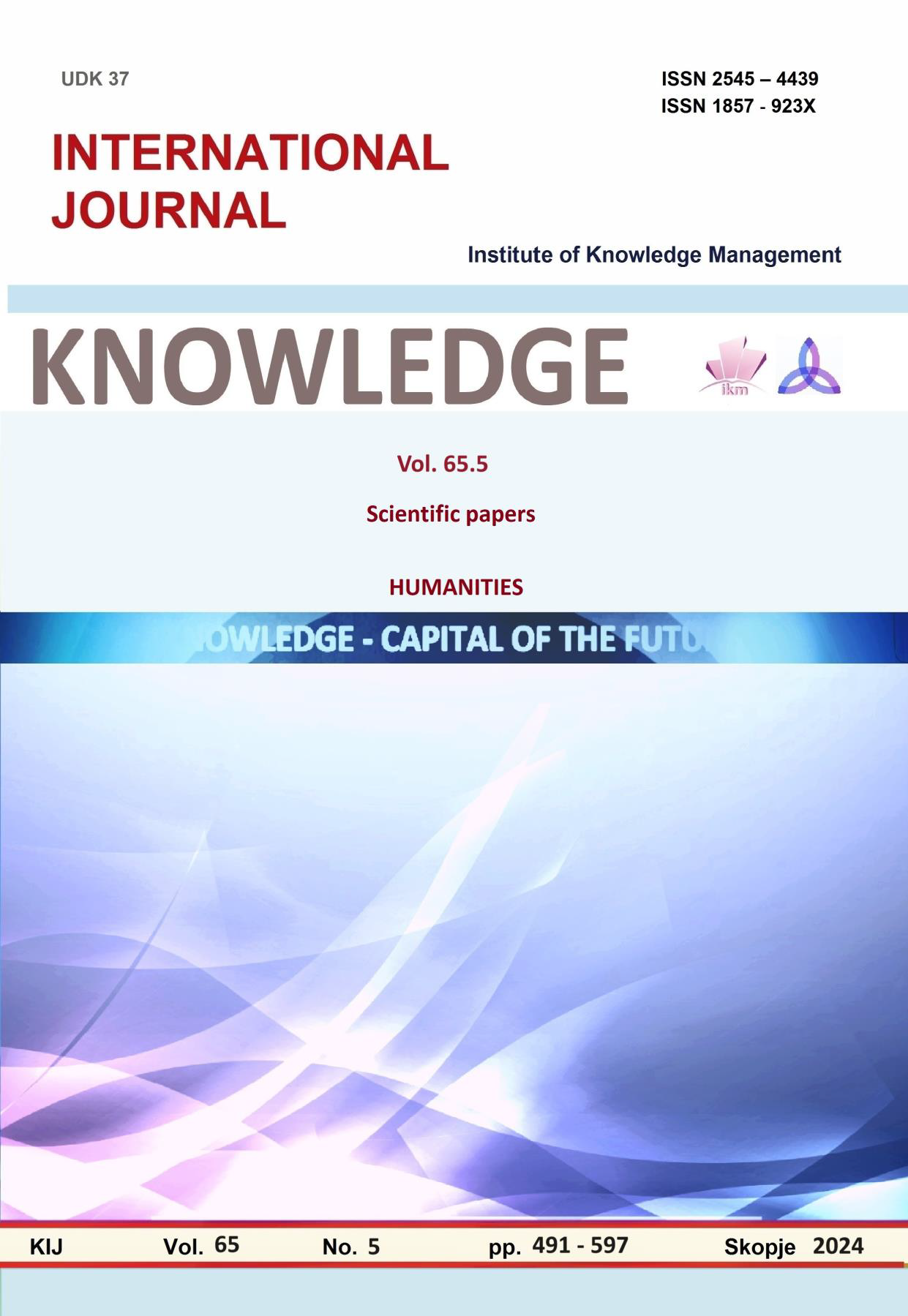HEDGES AND BOOSTERS IN AI AND HUMAN WRITING: A COMPARATIVE ANALYSIS
HEDGES AND BOOSTERS IN AI AND HUMAN WRITING: A COMPARATIVE ANALYSIS
Author(s): Elena ShalevskaSubject(s): Language and Literature Studies, Theoretical Linguistics, Applied Linguistics
Published by: Scientific Institute of Management and Knowledge
Keywords: Artificial Intelligence (AI);Academic Writing;Hedges;Boosters;AI-generated Texts
Summary/Abstract: The present qualitative study aims to measure and describe the frequencies and context of use of various hedges and boosters in a self-created corpus of 100 ChatGPT 3.5-generated essays on 100 different topics. The results were then compared to 100 human-written sample essays. The analysis, primarily done via AntConc, shows high frequency use of some hedges (such as “may”) and no use of boosters (such as “clearly”, “definitely”, “certainly” etc.) in AI works, in comparison to human texts which tend to use a wider array of hedges and boosters, more frequently. This discrepancy highlights the distinct linguistic styles between AI-generated and human-produced texts, suggesting potential areas for further development in AI language processing.
Journal: Knowledge - International Journal
- Issue Year: 65/2024
- Issue No: 5
- Page Range: 505-510
- Page Count: 6
- Language: English

